Nepal Observes International Women’s Day: A Call for Gender Equality and Action
Nepal, along with the rest of the world, is celebrating International Women’s Day today, highlighting the ongoing struggle for gender equality, women’s rights, and empowerment. The annual event serves as a reminder to recognize the social, economic, cultural, and political contributions of women while addressing the challenges they continue to face.
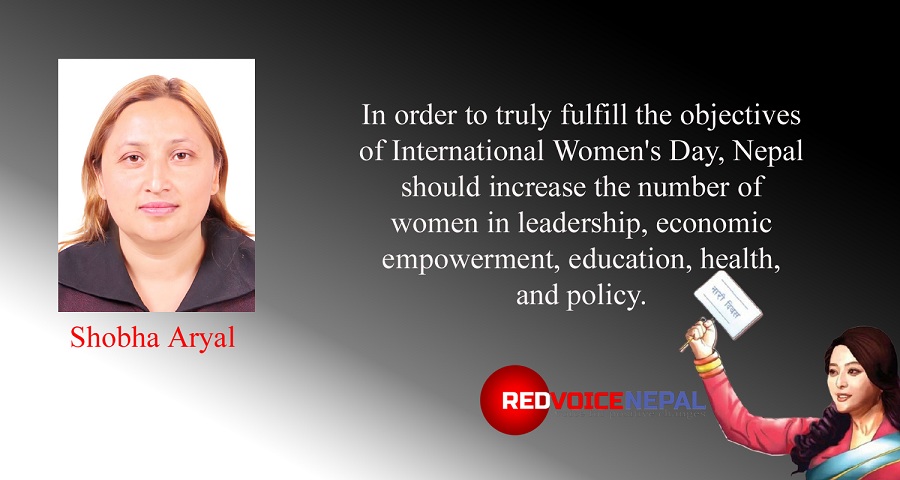
A Historical Perspective
International Women’s Day traces its origins to the labor movement in the early 20th century. In 1908, Women in the United States demonstrated for better pay, working conditions, and suffrage in 1908. The movement was later internationalized when Clara Zetkin, a German socialist leader, proposed celebrating a day in commemoration of women’s rights at a conference in 1910. The day was first celebrated officially in Austria, Denmark, Germany, and Switzerland in 1911.
The United Nations formally recognized March 8 as International Women’s Day in 1975, linking it to the struggle for gender equality. The date is also significant in history as it marks the 1917 protests by Russian women during World War I, demanding “bread and peace.” This movement played a crucial role in shaping women’s rights across the world.
Theme for 2025: ‘Accelerating Action’
This year’s theme, “Accelerating Action,” emphasizes the need for rapid and concrete action to make gender parity a reality. On the basis of current trends, as reported by the World Economic Forum, the possibility exists that gender equality may not be achieved until 2158, more than a four-generation gap. The theme serves as a global call to close this gap sooner and to act on policy reforms, workplace equality, and enabling women across sectors.
Challenges and Progress in Nepal
Nepal has experienced great development in the rights of women over the last few years, with increased participation of women in politics, education, and employment. However, gender violence, pay gaps, lack of leadership positions, and restricted access to healthcare remain the main challenges.
International Women’s Day is a chance to implement laws that guarantee women’s equality in the workplace, equal compensation, and leadership opportunities in Nepal. Equally important is promoting women entrepreneurs. Encouraging women to manage small and medium-sized businesses through training, market access, and easy loans might be a major highlight of this day, especially in rural areas.
This day also serves as a reminder to reinforce actions against sexual violence, child marriage, dowry practices, and domestic abuse. Moreover, there is no need to wait for a special occasion to promote health and education. Given Nepal’s maternal mortality rate of 151, it is important to initiate special programs that offer free healthcare to pregnant and postpartum women and aim to reduce maternal mortality rates.
A Collective Effort for Change
To create awareness and mobilize support, it is also necessary to put an end to child marriage, provide scholarships for technical and higher education, and promote vocational studies.
In order to truly fulfill the objectives of International Women’s Day, Nepal should increase the number of women in leadership, economic empowerment, education, health, and policy. Rapid action requires a coordinated effort from the public and business sectors as well as from civil society and non-governmental groups.


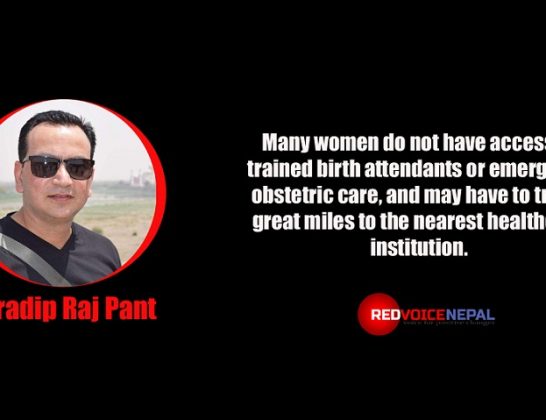


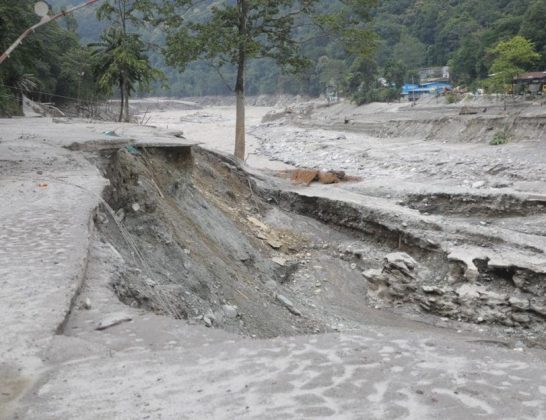
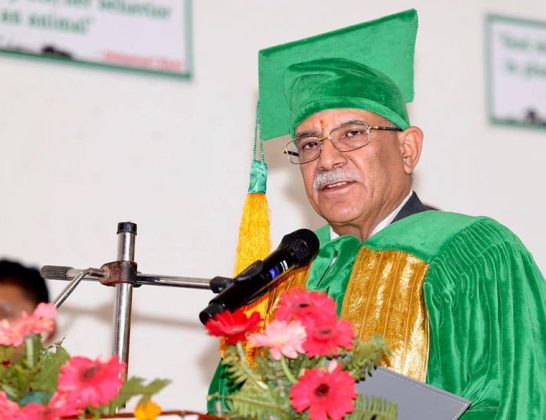


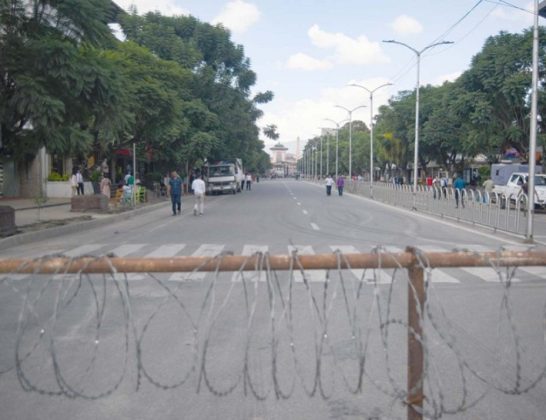

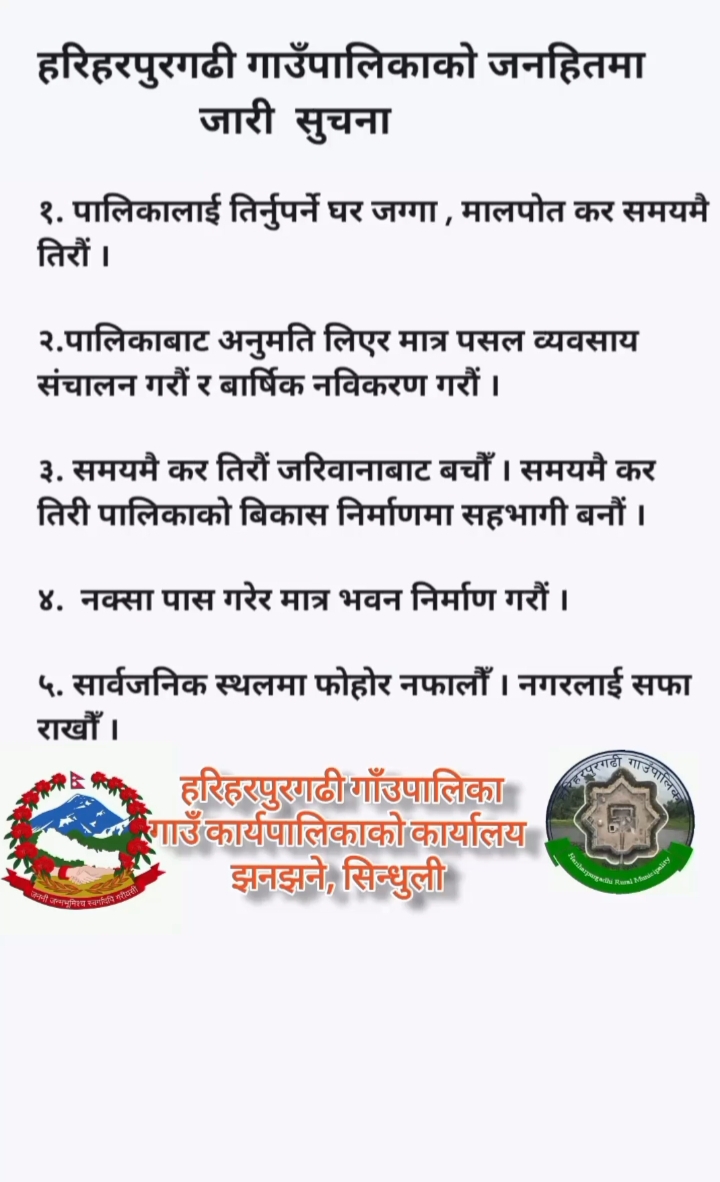
Comments